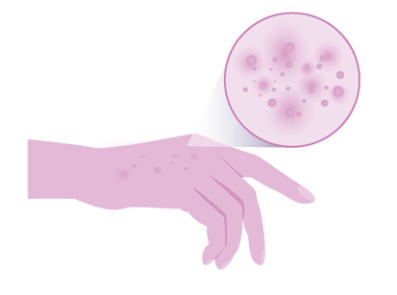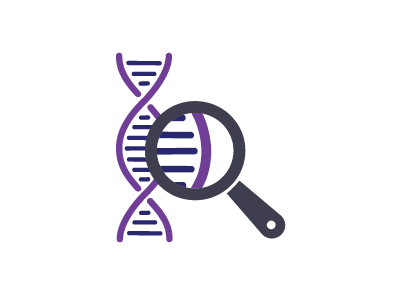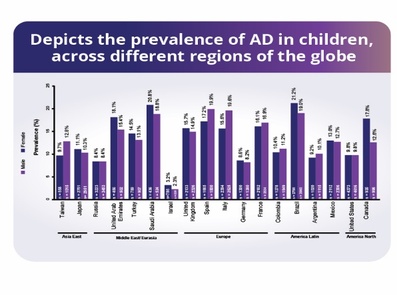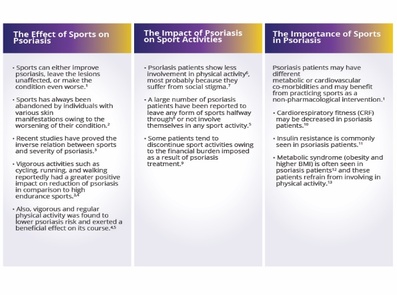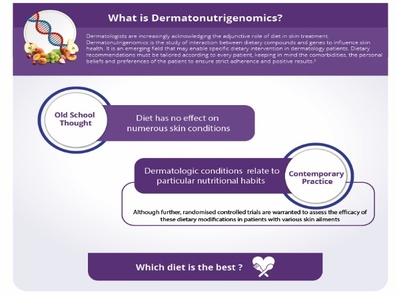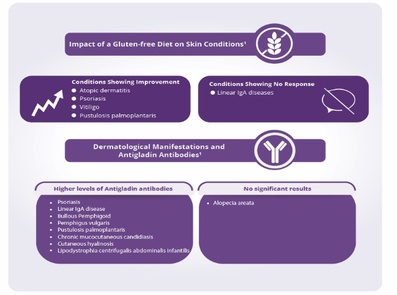DermatoConnect
Identification of Novel Genes Involved in Functional Roles in Actinic Keratosis
- Actinic keratosis is a prevalent precancerous cutaneous neoplasm that develops on skin that has been exposed to the sun for an extended period.1
- Although a few susceptibility loci, including interferon regulatory factor 4 (IRF4), tyrosinase gene (TYR), and melanocortin 1 receptor (MC1R), have been identified, there is a moderate genetic component to actinic keratosis susceptibility.1
A genome-wide association study (GWAS) of actinic keratosis was conducted in non-Hispanic white participants of the Genetic Epidemiology Research on Adult Health and Aging (GERA) cohort (n=63,110, discovery cohort), with validation in the Mass-General Brigham (MGB) Biobank cohort (n=29,130).1
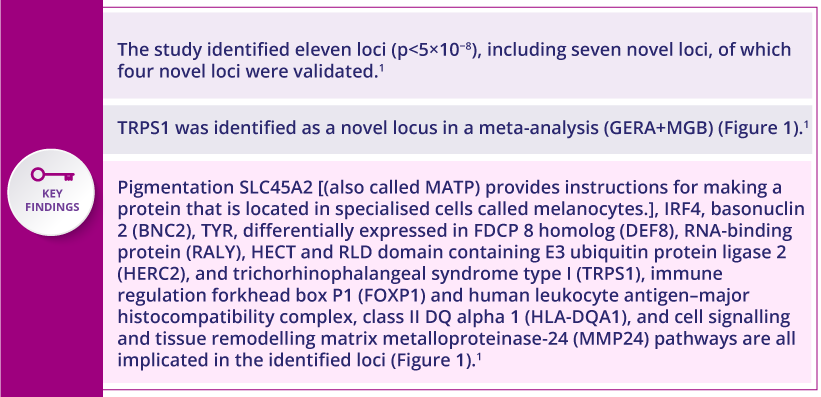
Figure 1:Manhattan plot of GWAS meta-analysis of actinic keratosis combining results of GERA and MGB Biobank cohorts (n=92,240).1
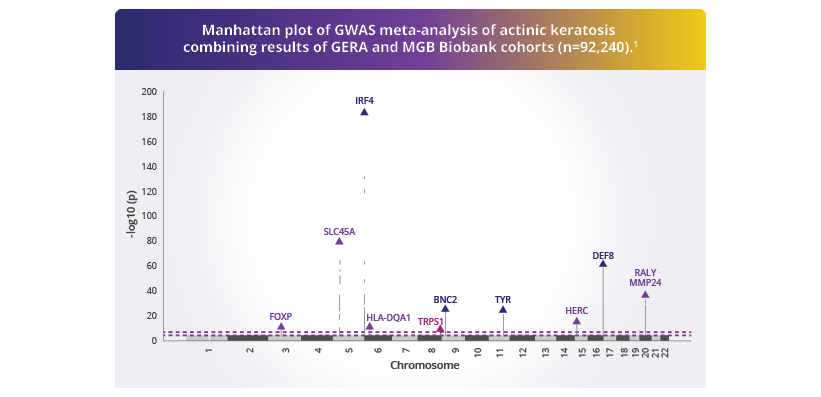
Adapted from Kim Y, et al. Commun Biol. 2022.
BNC2: Basonuclin 2; DEF8: Differentially expressed in FDCP 8 Homolog; FOXP: Forkhead Box P; HERC2: Homologous to the E6-AP carboxyl terminus And RLD Domain Containing E3 Ubiquitin Protein Ligase 2; HLA-DQA1: Human leukocyte antigen -major histocompatibility complex, class II DQ alpha 1; RALY: RNA binding protein; MMP24: Matrix metalloproteinase-24; SLC45A: Solute carrier family 45 members 2; TYR: Tyrosinase gene; TRPS1: Trichorhinophalangeal syndrome type I.
The Y-axis represents log-scale p-values, and loci with the smallest p obtained from the logistic regression are labelled with the nearest or corresponding gene’s name. Known loci are in dark blue triangles and newly identified loci in discovery analysis are in purple triangles and newly identified loci in meta-analysis are in light blue triangles.1

In summary, this study found seven novel loci that contribute to the pathophysiology of actinic keratosis and provided independent replication of three previously reported actinic keratosis susceptibility loci.1
Conclusions
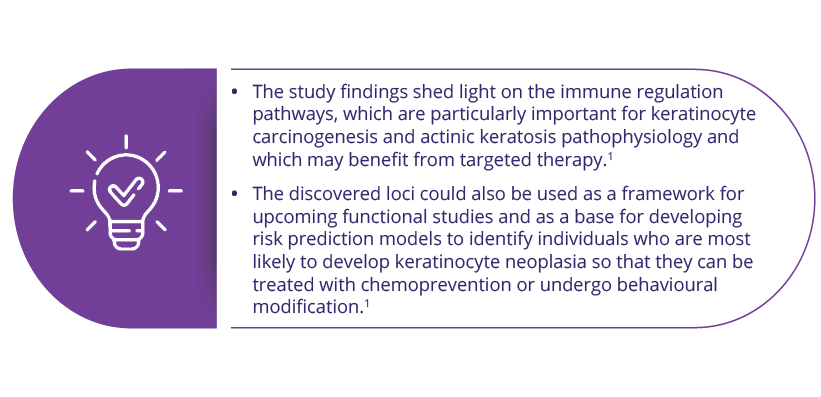
Referentie :
1. Kim Y, Yin J, Huang H, et al. Genome-wide association study of actinic keratosis identifies new susceptibility loci implicated in pigmentation and immune regulation pathways. Commun Biol. 2022;5(1):386. https://doi.org/10.1038/s42003-022-03301-3.
NON-2023-0557 Date of creation January 2023



